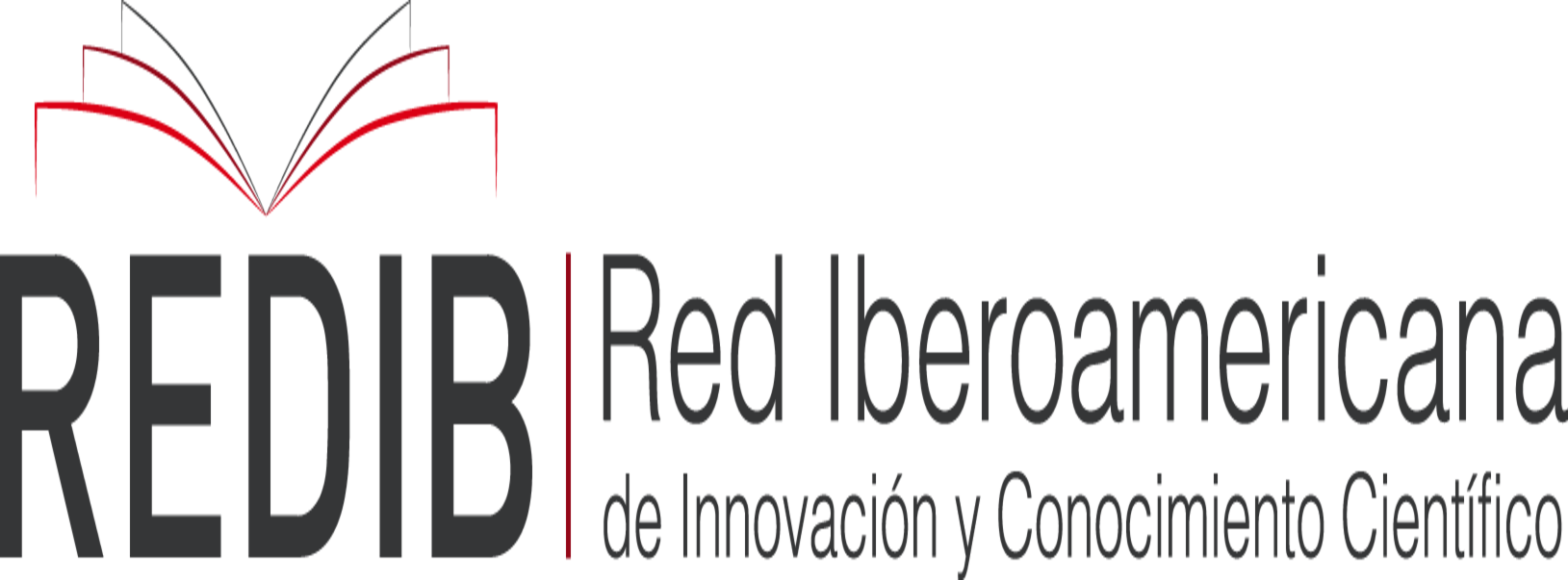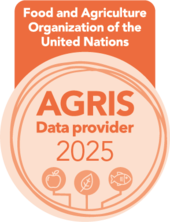Record of Crypticerya genistae (Hempel) (Hemiptera: Monophlebidae) in Tumbes, Peru
DOI:
https://doi.org/10.57188/manglar.2024.041Abstract
Crypticerya Cockerell, 1895 is a genus of Coccomorpha, its distribution occurs mainly in the New World including numerous pest species. The common name "channeled mealybugs" is due to the fact that the ovisacs, in the species that produce them, have longitudinal channels or grooves. In the present study, Crypticerya genistae (Hempel) (Hemiptera: Coccomorpha: Monophlebidae) is reported for the Tumbes region for the first time. The specimens were collected from a young Charán tree Libidibia glabrata [formerly Caesalpinia paipai]: Family Fabaceae) located in the Faculty of Agricultural Sciences of the Universidad Nacional de Tumbes, although it has also been found in a herbaceous plant of the genus Neptunia of the same family in green areas of the city and in the edible species Cajanus Cajan. C. genistae appears to prefer shrubs and herbaceous plants. The report for Tumbes is significant, since it extends the distribution range of this species, which would imply a change in its ecology and adaptive behavior. Its presence in crops such as C. cajan, a plant of nutritional importance, suggests a potential phytosanitary risk. for local agriculture. The identification of this species in urban areas and in different plant hosts highlights the need for pest monitoring and management in the region, particularly in agricultural and urban ecosystems. It is recommended to carry out more extensive monitoring studies in other areas of Tumbes to determine the real extent of the distribution of C. genistae and its impact on different ecosystems.
Downloads
References
Arias de López, M., Molina-Moreira, N., Herrera, I., Rizzo, K., Velásquez -Vinces, J. A., Chirinos, D, T., & Kondo, T. (2022). First record of two invasive species of Crypticerya (Hemiptera: Monophlebidae) causing outbreaks in urban green areas of Guayas Province, Ecuador. Ciencia y Tecnología Agropecuaria, 23(3), e2890. https://doi.org/10.21930/rcta.vol23_num3_art:2890
Bourgoin, T., & Campbell, B. (2002). Inferring a phylogeny for Hemiptera: falling into the 'autapomorphic trap'. Denisia 4, 67–82.
Claps, L., Wolf, D., & Vera S. (2014). Margarodidade, Monophlebidae, y Ortheziidae en. Biodiversidad de Artrópodos argentinos, 3, 243-248.
Culik, M. P., Martins, D. S., Ventura, J. A., Peronti, A. L. B. G., Gullan, P. J., & Kondo, T. (2007). Coccidae, Pseudococcidae, Ortheziidae, and Monophlebidae (Hemiptera: Coccoidea) of Espírito Santo, Brazil. Biota Neotropica, 7(3), 61-65.
García- Morales, M., Denno, B., Miller, D., Miller, G., Ben-Dov, Y., & Hardy, N. (2022). Scale Net: A literature-based model of scale insect biology and systematics. Database, bav118. https://doi.org/10.1093/database/bav118
Gullan, P. J. (1984). A revision of the gall-forming coccoid genus Apiomorpha Rübsaamen (Homoptera: Eriococcidae: Apiomorphinae). Aust J Zool Suppl Ser 97, 1-203.
Gullan, P. J., &, Martin, J. H. (2009). Chapter 244 - Sternorrhyncha: (jumping plant-lice, whiteflies, aphids and scale insects). In: Resh VH, Cardé RT (eds) Encyclopedia of Insects. Amsterdam, Academic Press, pp. 957–967. https://doi.org/10.1016/B978-0-12-374144-8.00253-8
Gullan, P. J., & Cook, L. (2007). Phylogeny and higher classification of the scale insects (Hemiptera: Sternorrhyncha: Coccoidea). In: Zhang ZQ, Shear WA (eds) Linnaeus Tercentenary: Progress in Invertebrate Taxonomy. Zootaxa 1668, 413–425. https://doi.org/10.11646/zootaxa.1668.1.22
Hempel, A., (1912). Catalogs of the Brazilian Fauna. São Paulo: Museu Paulista. 77 p.
Hodges, G. S., Hodges, A. C. & Unruh, C. M. (2008). A New Exotic Pest for Florida´s Natural Areas: Crypticerya genistae (Hemiptera: Monophlebidae). The Florida Entomologist, 91(2), 335-337.
Kondo, T., & Unruh, C. M. (2009). A New Species of Crypticerya Cockerell (Hemiptera: Monophlebidae) from Colombia, with a Key to Species of the Tribe Iceryini Found in South America. Neotropical Entomology, 38(1), 92-100.
Kondo, T., Gullan, P., & González, G., (2014). An Overview of a Fortuitous and Efficient Biological Control of the Colombian fluted scale, Crypticerya multicicatrices Kondo and Unruh (Hemiptera: Monophlebidae: Iceryini), on San Andres island, Colombia. Acta Zoologica Bulgarica, 6, 87-93.
Kondo, T., Gullan, P., Peronti, A. L. B. G., Ramos-Portilla, A. A., Caballero, A., & Villarreal-Pretelt, N. (2016). First records of the iceryine scale insects Crypticerya brasiliensis (Hempel) and Crypticerya genistae (Hempel) (Hemiptera: Monophlebidae) for Colombia. Insecta Mundi, 480, 1-9.
Kondo, T., Gullan, P. J., & Williams, D. J. (2008). Coccidology. The study of scale insects (Hemiptera: Sternorrhyncha: Coccoidea). Corpoica Cienc y Tecnol Agropecu, 9(2), 55–61. https://doi.org/10.21930/rcta.vol9_ num2_art:118
Kosztarab, M., & Kozá, R. F. (1988) Scale insects of central Europe. Budapest: Akademiai Kiado; 456.
Malumphy, C. (2014). An annotated checklist of scale insects (Hemiptera: Coccoidea) of Saint Lucia, Lesser Antilles. Zootaxa, 3846(1), 69-86.
Mestre Novoa, N., Fontenla Rizo, J. L., Kondo, T., Álvarez de Zayas, A., & Cuervo Reinoso, Z. (2016). Crypticerya genistae Hempel (Hemiptera: Monophlebidae) nuevo registro de insecto escama invasor para Cuba. Fitosanidad, 20, 85-92.
Schaefer, C. W. (Ed.) (1996). Studies on Hemipteran Phylogeny. Proc Thomas Say Pub Entomol, Entomol Soc Am, Lanham, Maryland, 244 pp.
Tang, X. F., Huang, Y. H., Sun, Y. F. et al. (2023). The transcriptome of Icerya aegyptiaca (Hemiptera: Monophlebidae) and comparison with neococcoids reveal genetic clues of evolution in the scale insects. BMC Genomics, 24, 231. https://doi.org/10.1186/s12864-023-09327-z
Vranjic. J., & Gullan, P. (1990). The effect of a sap‑sucking herbivore, Eriococcus coriaceus (Homoptera: Eriococcidae), on seedling growth and architecture in Eucalyptus blakelyi. Oikos, 59, 157–162.
Downloads
Published
Issue
Section
License
Copyright (c) 2024 Pedro S. Castillo-Carrillo, Walter Díaz Burga, Rosa E. Cornejo Hidalgo

This work is licensed under a Creative Commons Attribution 4.0 International License.

Manglar is an open access journal distributed under the terms and conditions of Creative Commons Attribution 4.0 International license









